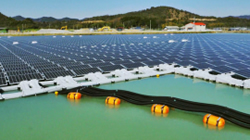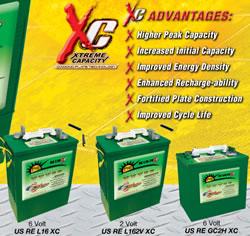'Mega' floating solar power plants open in Japan
 Two floating solar power plants capable of providing electricity for 1,000 homes have been completed in Japan.
Two floating solar power plants capable of providing electricity for 1,000 homes have been completed in Japan.The latest such "mega-plants" at Nishihira and Higashihira Ponds in Kato City are the work of electronics giant Kyocera Corporation and Century Tokyo Leasing Corporation, and took just seven months to install. The plant's 11,250 modules are expected to generate 3,300 megawatt hours (MWh) every year.
According to Kyocera, besides being typhoon-proof (due to their sturdy, high-density polyethylene and array design) floating solar plants are superior to their land-based equivalents because of the cooling effect of the water, which allows them to function more efficiently. Reservoirs are also an ideal location because the panels produce shade, which reduces water evaporation and promotes algae growth. A report by Korea Water Resources Corporation found that the lower temperatures of the floating modules mean they are 11 percent more efficient than land-based equivalents. The report identified unsolved issues with the plants, too, however. It said the study had to discard data collected when the panels moved in the wind, and said research into new mooring systems was "continually needed".
Comments (0)
This post does not have any comments. Be the first to leave a comment below.
Featured Product

U.S. BATTERY RENEWABLE ENERGY SERIES DEEP CYCLE BATTERIES
Our RE Series batteries are designed to provide the highest peak capacity, longest cycle life, and greatest reliability for use in industrial or residential renewable energy applications. Renewable Energy Series batteries utilize the company's exclusive XC2™ formulation and Diamond Plate Technology® to create the industry's most efficient battery plates, delivering greater watt-hours per liter and watt-hours per kilogram than any other flooded lead-acid battery in the market. Our Deep Cycle batteries are engineered to work with solar panels as well as other renewable energy applications.
